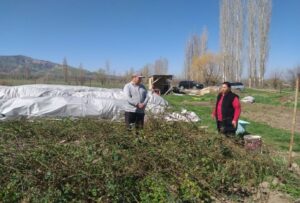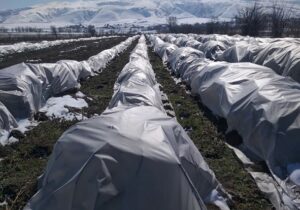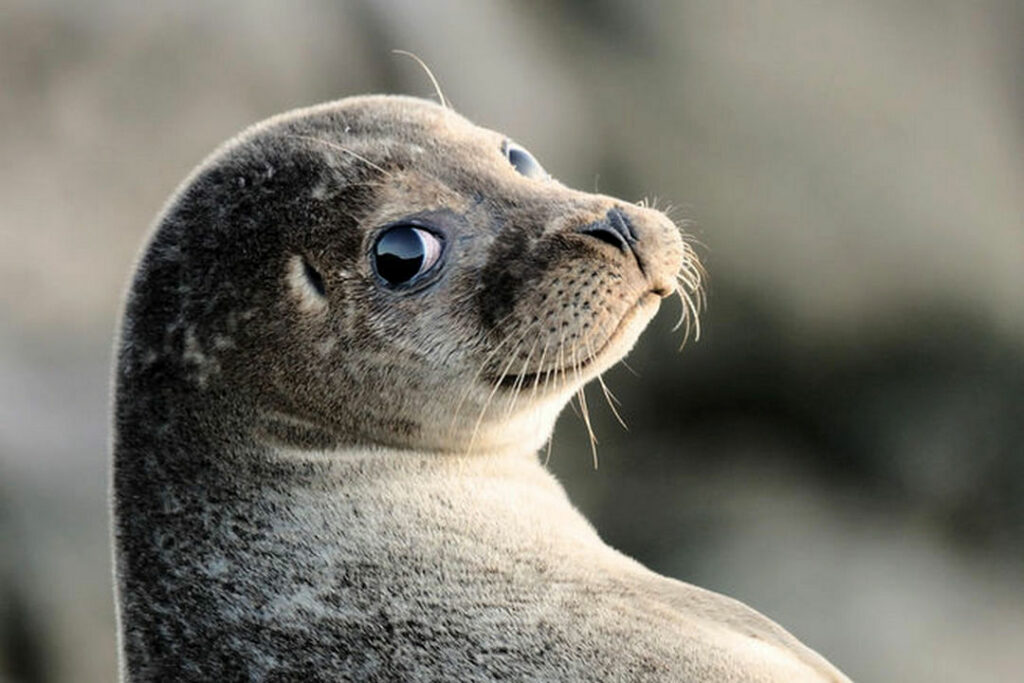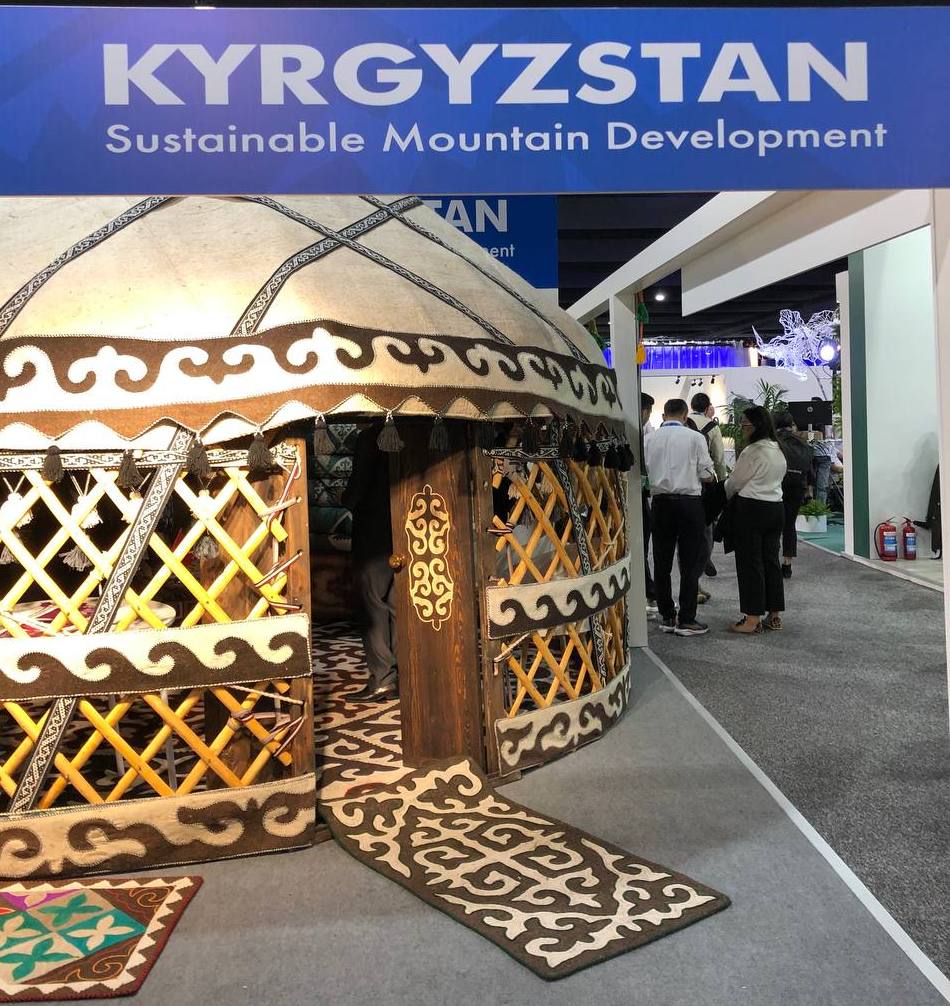Farmers implement water-saving technologies in the Chui Valley of Kyrgyzstan
Locals of the village of Kara-Zhygach in Alamedun district of Chui region continue to implement the project “Increasing economic independence and improving the status of women in rural areas in Central Asia through access to irrigation water and infrastructure”.
The project is implemented by the Regional Environmental Centre for Central Asia (CAREC) with the financial support of the international charitable foundation “The Coca-Cola Foundation”.
The regional project “Increasing economic independence and improving the status of women in rural areas of Central Asia through access to irrigation water and infrastructure” covers Kazakhstan, Kyrgyzstan and Tajikistan. In Kyrgyzstan, the project is implemented by the CAREC branch in KR.
Director of the CAREC branch in the Kyrgyz Republic Kuban Matraimov informs that the Water Users Associations (WUA) “Ta-Bek” in the village of Kara- Zhygach was selected and agreed upon with the Water Resources Service under the Ministry of Water Resources, Agriculture and Processing Industry of the Kyrgyz Republic.
According to him, water-saving technologies are being installed on an area of about 1 hectare as part of the component “Increasing agricultural productivity through the experimental introduction of new water-saving technologies”. The management of WUA “Ta-Bek” created a commission to select a land plot for the installation of drip irrigation; based on the results of the competition, the land plot of farmer Kenzhebek Taigashkaev was determined.
“Recently, we, farmers of the Chui region, have increasingly felt a lack of irrigation water, constant conflicts with other farmers or WUAs who cannot fully provide irrigation water due to the deterioration of flume canals, the presence of earthen canals, where a lot of technical loss of irrigation water. This is also facilitated by an increase in temperature in summer to 38-40 degrees Celsius. Whether we like it or not, we have now begun to acutely feel the consequences of climate change and we, farmers, are obliged to conserve water with the transition to drip irrigation,” says the farmer Kenzhebek Taigashkaev.
According to Kuban Matraimov, an analysis of the water-physical and mechanical properties of the soil, and their reclamation state was carried out, and a schematic map of the land plot was drawn up, indicating the location of hydraulic structures, the source of irrigation water, fencing and geographical indicators.
“At the moment, a draft of working drawings and technical specifications for the drip irrigation system has been developed. Tender documentation has been prepared and a tender has been announced to select a contractor that will install a drip irrigation system in this land plot,” says Kuban Matraimov.
For information:
WUA “Ta-Bek” has on its balance sheet 1670 hectares of irrigated land, which are distributed among 355 farmers and some of them are introducing water-saving systems and the total area where a drip irrigation system is installed is approximately 65-70 hectares.


The photo shows the land plot of the farmer Kenzhebek Taigashkaev.
Additional information:
Kuban Matraimov, Director of the CAREC branch in the Kyrgyz Republic, kmatraimov@carececo.org



